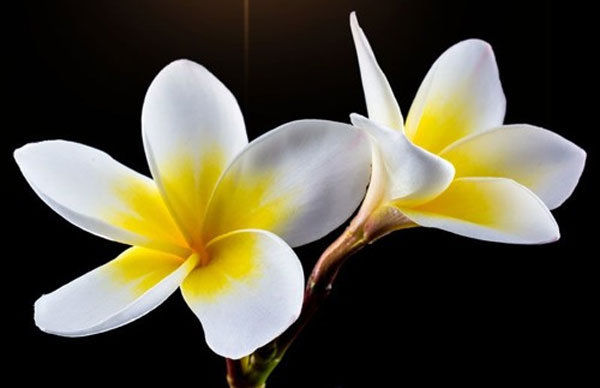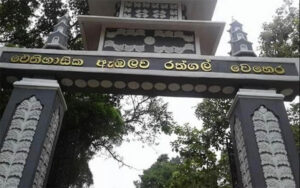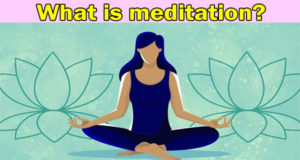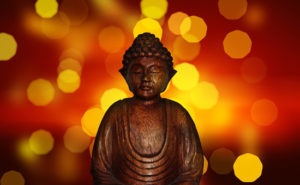
criminal minds cast
Buddha Ratna came to the world on a Vesak day. On the day of the Esala Poya day, the world was buoyed by the sounding of the Dhamma sermon preached to the five-tailed cow. Buddha, Dhamma and Sangha emerged into the three worlds of human, divine and Brahma worlds on the day of Esala Poya.
Also, Poson Poya is considered as the most important cultural day that changed history. It was on this day that the Arahant Mahinda Thero arrived in Sri Lanka.
Twelve years after King Dharmasoka became the greatest King of the world in 236 Buddha’s year, Dhamma Vijaya was abolished. Then he followed the Chakkavatti concept and followed a Buddhist political philosophy based on the fivefold principle and successfully ruled an empire.
It is a record in the history of the world. Following the Third Dhamma Sangamya, in the year 236, Buddha initiated the Dhamma Vijaya Movement in accordance with the concept of Chakkavatti and sent the Messengers to nine countries outside the Central Province.
Even though the Dharamsoka era shone under the yellow robe of Bharata, the whole Buddha Sasana was spread throughout the empire and the Emperor Moggaliputtatissa had advised Emperor Ashoka that the future Buddha Sasana would not be preserved. Moggaliputtathissa Thera preached that the Buddha Sasana was well-protected, especially in countries outside the country such as Sri Lanka. As a result, King Dharmashoka sent messengers to nine countries.
The Apostles to the other eight countries used to linger, but Sri Lanka seems to have a special interest.
King Dharmashoka had a cultural relationship with King Pathis who ruled over Lanka after Mutaseva.
According to the Indian tradition, King Pethys was anointed for the second time. King Devanampiyatissa was named after King Devanampiyatissa who bestowed upon him the nickname “Devanampiya”.
King Dharmasoka had informed King Devanampiyatissa that he would send missionaries to Sri Lanka. Therefore, King Tissa was expecting the arrival of the Messengers. Accordingly, five Buddhist missionaries, including the Arahant Mahinda Thero, five secular preachers, and the Abhinabhaya Sumana Samanera, visited Sri Lanka.
They met the king at Mihintale on a Poson Poya day called Miwaska Pabbatha. The Arahant Mahinda Thera called the king Tissa. King Devanampiyatissa inquired with great curiosity as there was no influential person to speak in his name. Then the Apostles saw. Arahat Mahinda introduced him to King Pathis II as a disciple of King Dharma Raja and as a missionary to King Dharmasoka. The king was delighted with it.
Interviewing a few questions, the missionaries realized that the king was an intellectual and preached the message to the king. There, about 500 people including the king embraced Buddhism. Although King Pathis II was a Hindu, there was no royal religion like Buddhism. The people were worshiping trees, Hinduism, Jena Brahmans, etc., which were inspired by Indian culture.
Deer hunting was a royal tradition at the time. But with the arrival of Arahant Mahinda thero and becoming a Buddhist by listening to his non-violent doctrine, the king and the Sri Lankans who enjoyed hunting, became a Buddhist group that appreciated the fivefold principle.
The following day at the invitation of the King, the Arahant Mahinda Thera, who was in the city of Anuradhapura, preached the Dhamma. The Dhamma knowledge of the people of Sri Lanka was expanded by the formulas such as Chullahathti Padapama Sutta, Pතtha Vුth,, Vමානmana Vථrtha, Fundamental Sutra.
The most important of the sutras preached here are the Chulallavathi Padopama Sutra. The Buddha’s Dhamma, as a person who has been searching for an elephant, has come to the conclusion that the Buddha’s Dhamma, whether it is sophisticated or secular, is to continue the research of the Thunderbolt.
With this discourse, the king and the Sri Lankans understood Buddhism very well. There was a Buddhist revival in Sri Lanka. Buddhism became the state religion of Sri Lanka. Moreover, the establishment of temples in a village, village, village, connection of laymen was well established.
Five months later, Sanghamitta Ven. Sangamitta returned to Sri Lanka on the Unduwap Poya day with an eighth grade art scholar with a sapling of the Sri Maha Bodhi.
The arts in Sri Lanka, however, are not Buddhist. The planting of the Sri Maha Bodhi at Ceylon Pooja and the artisans of the 8th grade developed Buddhist styles in many parts of Sri Lanka such as carvings, paintings, sculptures and literature.
Art and Buddhist sacred objects were introduced to the society as a means of communication, as a means of meditation, or as a ritual for the artistic presentation of Buddhism.
With the Mihindu culture, the Sri Lankans were well acquainted with the mind-set. The people who enjoyed animal hunting became a developmental people who inherited a moral and cultural heritage based on the fivefold principle.
With the establishment of Buddhism as the state religion of Sri Lanka, the Buddhist education philosophy, Buddhist economic philosophy, Buddhist political philosophy, Buddhist social philosophy and the influence of Buddhism have all spread to the society. .
Buddhism is a program that is 100% inclusive. Therefore, Buddhist life has two aspects: Dhamma and Dharma. Based on the five-pronged policy, Samma introduced the livelihoods of the people of Sri Lanka to the community. Under the open economy we have embraced today, the Buddhist economic system has collapsed since it has become the source of income for many of the state-sponsored sources of income.
In the present economy, all the five forms of evil, such as alcohol, drugs, alcohol, gambling, etc., have become the source of income, and all nations have declined morally and spiritually. Today we want to introduce the pure Buddha Dhamma introduced by Arahant Mahinda to Sri Lanka. In order to be comforted, all people, regardless of religion, should make up their minds to make life enjoyable.
There are three righteous steps in making life conducive. These three steps in relation to the Buddhism teachings are related to every religion. These three steps are to avoid the sins of the soil, practice the Dhamma and practice simple meditation. One who travels along this path, whether sophisticated or sophisticated, can study well, go to a university, secure a good job, build a good economy, and live a comfortable marriage.
Being a secular person can lead a laughable life without getting into a marriage. An austere person is expected to lead a monastic life because he has lost all attachment. Whether you are a layman or a monk, the Buddhist thought and nirvana mentioned in the Chulallavathi Padopama Sutta is open to all nations. We can all achieve a perfect life, a perfect character and a perfect personality, with absolute happiness and perfect happiness.






